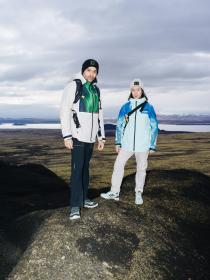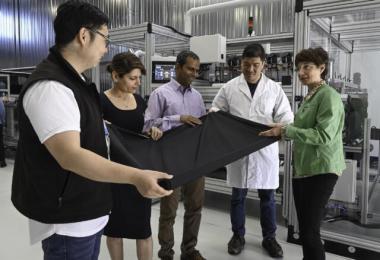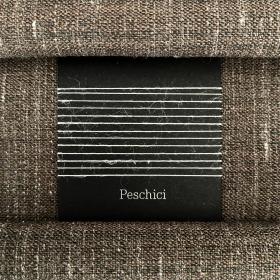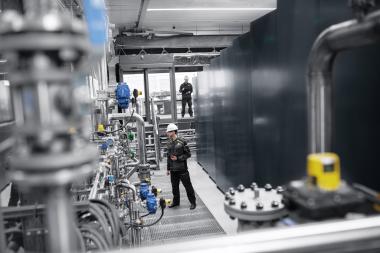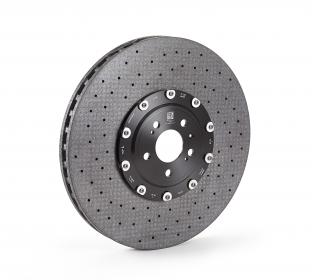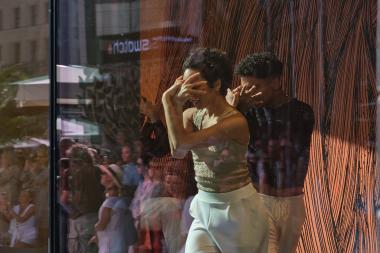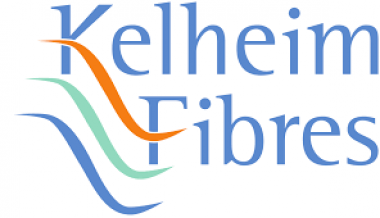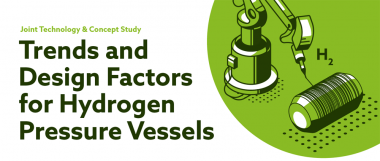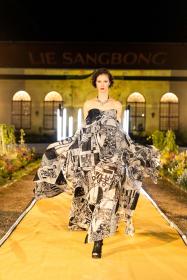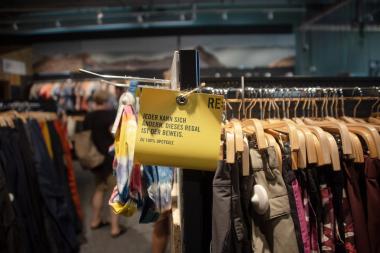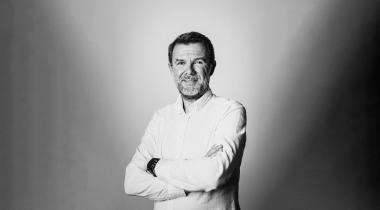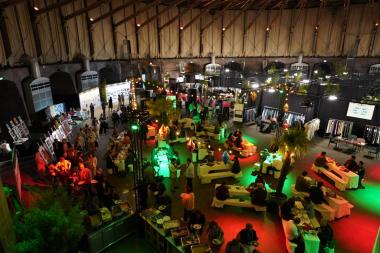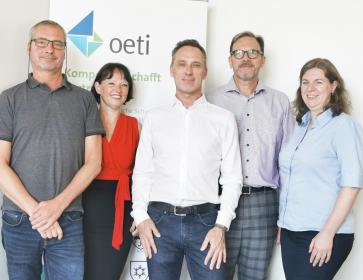adidas TERREX and National Geographic: Aurora Borealis-Inspired Collection
Following the successful inaugural launch last Spring, adidas TERREX and National Geographic join forces once again with a collection designed to capture the awe-inspiring beauty of the Aurora Borealis.
The core images of the Northern Lights, as captured by National Geographic photographers, are interpreted in different ways on different products, taken through different hues and applied in different places per garment. These include:
- The TERREX Swift R3 GORE-TEX National Geographic hiking boot – Blending the lightweight design and cushioning of a trail running shoe with the stability and durability of a hiking boot
- The all-gender TERREX National Geographic RAIN.RDY 3-IN-1 Jacket – Combining 2.5L waterproof RAIN.RDY shell and polar fleece inner jackets for elevated protection and versatility with a strong visual design inspired by the northern lights.
- The TERREX National Geographic Softshell Jacket – A functional and stylish option for any adventure outdoor-seekers may have on their agenda. Reinforced shoulders, chest and forearms provide abrasion resistance.
- The TERREX National Geographic High Pile Fleece Jacket – The add-on for chilly days in the great outdoors. The Fleece Jacket features reflective elements that ensure visibility and safety in the low lights.
adidas AG


